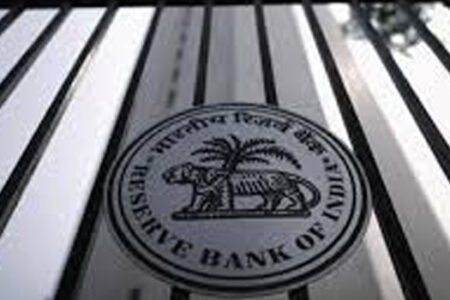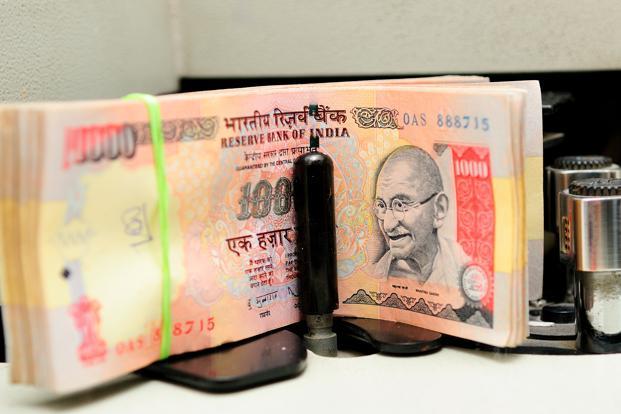India needs more banks to match the scale of the nation’s largest lender, the State Bank of India. Finance Minister Nirmala Sitharaman reiterated this last month at the annual general meeting of premier bankers’ body, the Indian Banks’ Association (IBA). Asia’s third largest economy is shifting to a different plane in the post-pandemic world. There are many new challenges. We don’t need just more, but bigger and stronger banks to meet those challenges.
This was the logic behind the consolidation drive, which has brought down the number of public sector banks from 27 to 12 in three years between 2017 and 2020. Yet, the State Bank is the lone India representative in the list of 50 largest banks globally. When it comes to size, Chinese banks take the cake. ICBC, China Construction Bank, Agricultural Bank of China and Bank of China top the list. JPMorgan Chase, the biggest in the US, is the fifth largest, followed by its peer, Bank of America.
At the IBA meeting, Sitharaman did not speak about privatisation of banks but there is no end to the speculation on this ever since the finance minister, in her February Budget speech, said: “Other than IDBI Bank, we propose to take up the privatisation of two public sector banks and one general insurance company in the year 2021-22. This would require legislative amendments, and I propose to introduce the amendments in this session itself.”
Life Insurance Corporation of India (LIC) acquired 51 per cent in IDBI Bank in 2019. Since then, its stake has come down to 49.24 per cent, as the bank’s equity has expanded. The government owns 45.48 per cent in the bank. Even though LIC is wholly owned by the government, IDBI Bank is a private bank, governed by the Companies Act, 2013. LIC has committed to infuse capital for five years, if required, and dilute its stake to 40 per cent within 12 years.
(However, in line with the Insurance Regulatory and Development Authority of India’s mandate, LIC will reduce its stake in the bank below 15 per cent and cede management control earlier than what was envisaged.)
Jammu & Kashmir Bank Ltd is close to 75 per cent owned by the state government and yet it is a private bank. Similarly, India Post Payments Bank Ltd, wholly owned by the Government of India, is a private entity under the Companies Act. The Nainital Bank Ltd, 98 per cent owned by public sector Bank of Baroda, too is a private bank.
The key to the public sector character of a bank is a clause in the Banking Companies (Acquisition and Transfer of Undertakings) Act, 1970 (popularly known as Bank Nationalisation Act, which does not require the government to pare its stake in such a bank below 51 per cent. The State Bank is governed by a different Act; the floor for the government stake in the bank is 55 per cent. Currently, it is 56.92 per cent.
The government stake in 11 other public sector banks varies between 97.70 per cent (Punjab & Sind Bank) and 62.93 per cent (Canara Bank). In five banks, it is at least 90 per cent. Over the years, the government stake in many banks has been rising since it has been infusing capital to keep them afloat. The latest Budget has announced Rs20,000 crore recapitalisation in the current year.
Privatisation is very different from divestment, which doesn’t necessarily bring the government stake below 51 per cent. The government divests its stake in public sector undertakings to make money but it is pushing for privatisation of banks to stop using public money to keep them alive. Since 1994, it has pumped in Rs4.51 trillion in these banks as capital.
To pave the path for privatisation, the Bank Nationalisation Act has to be amended. The government stake needs to come down below 51 per cent. There are many other changes that need to be done. The government now has the absolute power to appoint the managing director and CEO of a public sector bank and its whole-time directors and non-executive chairman; it has the power to liquidate any bank; and also, for merger between two public sector banks, the government nod is necessary.
Finally, under Section 8 of the Bank Nationalisation Act, the government can issue directives to the banks in the public interest after consulting with the Reserve Bank of India (RBI). This is what the Act says but the Department of Financial Services, an arm of the finance ministry, does this often without keeping the banking regulator in the loop.
Simply put, the government enjoys more powers than a majority stake holder should in any board-run company. For PSU banks, the government is the superboard, with both ownership and regulatory powers under its belt. Is it ready to give up these powers? Merely bringing down the government stake below 51 per cent will not excite the prospective bidders unless the governance norms are overhauled. The issue is not the ownership of such banks but how the owner behaves.
While there is no sign of the amendments, going by media reports, the government is readying to start consultations with the RBI to put in place a framework to screen the potential bidders of public sector banks. The process will start with strategic divestment of IDBI Bank. The potential buyers will have to meet the RBI’s fit-and-proper criteria. Unlike any other national asset, which is typically sold to the highest bidder, the profile of the bidder is the most important criterion for a licence to bank, and even for acquiring more than 5 per cent stake.
How long will it take to privatise two public sector banks? It all depends on how long the government takes to make up its mind and agrees to cede its total control on the banks to be privatised. Has it identified them? Since the focus is on scale, those banks that have become bigger through mergers should not be up for sale. The likely candidates are Bank of Maharashtra, Bank of India and Central Bank in Maharashtra; Uco Bank in West Bengal; Indian Overseas Bank in Chennai; and Punjab & Sind Bank in Delhi.
Meanwhile, speculation continues on which banks will be privatised. Let the government make up its mind first. Privatisation is far more difficult than divestment or consolidation, which brings down the number of banks but not the government’s control.



